
Lisa Grossman is the astronomy writer for Science News. Previously she was a news editor at New Scientist, where she ran the physical sciences section of the magazine for three years. Before that, she spent three years at New Scientist as a reporter, covering space, physics and astronomy. She has a degree in astronomy from Cornell University and a graduate certificate in science writing from UC Santa Cruz. Lisa was a finalist for the AGU David Perlman Award for Excellence in Science Journalism, and received the Institute of Physics/Science and Technology Facilities Council physics writing award and the AAS Solar Physics Division Popular Writing Award. She interned at Science News in 2009-2010.

Trustworthy journalism comes at a price.
Scientists and journalists share a core belief in questioning, observing and verifying to reach the truth. Science News reports on crucial research and discovery across science disciplines. We need your financial support to make it happen – every contribution makes a difference.
All Stories by Lisa Grossman
-
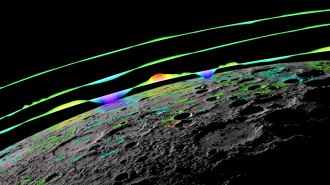 Space
SpaceIron sulfide may be keeping Mercury’s core toasty and its magnetic field alive
New estimates of how much heat Mercury’s core loses could explain why the tiny world has a long-lived magnetic field.
-
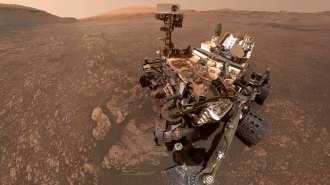 Space
SpaceOvernight changes in Mars’ atmosphere could solve a methane mystery
Overnight atmospheric changes on Mars can explain why two spacecraft measure vastly different concentrations of methane.
-
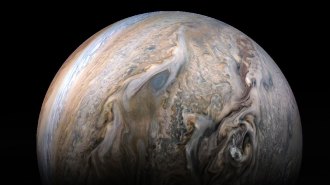 Space
Space5 of Jupiter’s newly discovered moons received names in a public contest
Astronomers first announced the discovery of the worlds in July 2018, and have now named them for goddesses and spirits of Greek and Roman mythology.
-
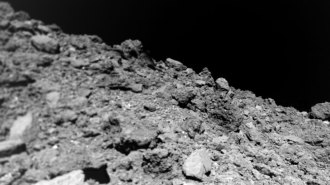 Space
SpaceFor an asteroid, Ryugu has surprisingly little dust on its surface
Ryugu lacks the dust that some other space rocks have. The near-Earth asteroid may hide the fine debris inside porous rocks or eject it into space.
-
 Space
SpaceAstronomers just quintupled the number of known repeating fast radio bursts
A Canadian telescope spotted eight more repeating fast radio bursts. What causes these cryptic flashes of radio waves from deep space remains unclear.
-
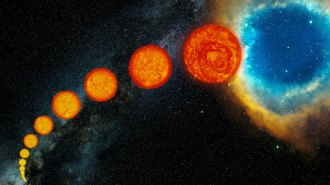 Astronomy
AstronomyStars may keep spinning fast, long into old age
NASA’s TESS telescope has spotted an old star that spins too fast for theory to explain, suggesting that stars may have a magnetic midlife crisis.
-
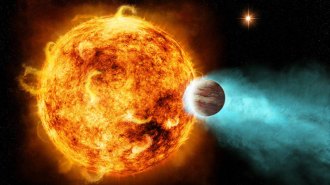 Astronomy
AstronomyTESS has found the first-ever ‘ultrahot Neptune’
NASA’s TESS telescope has spotted a world that could be a bridge between other types of exoplanets: hot Jupiters and scorched Earths.
-
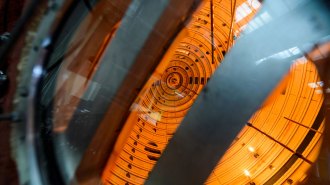 Astronomy
AstronomyIn a first, physicists re-created the sun’s spiraling solar wind in a lab
Some of the sun’s fundamental physics have been re-created with plasma inside a vacuum chamber
-
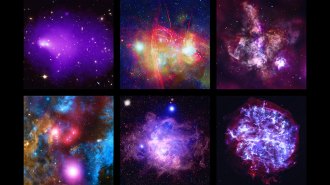 Astronomy
AstronomyNASA’s Chandra X-ray telescope celebrates 20 years in space
The U.S. space agency has released new images for the Chandra X-ray Observatory’s 20th birthday.
-
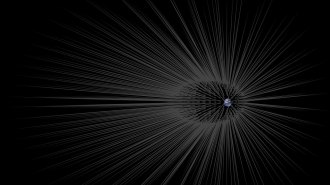 Particle Physics
Particle PhysicsDark matter particles won’t kill you. If they could, they would have already
The fact that no one has been killed by shots of dark matter suggests the mysterious substance is relatively small and light.
-
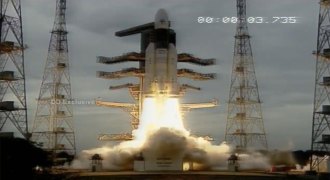 Planetary Science
Planetary ScienceIndia’s first lunar lander is on its way to the moon
India’s Chandrayaan 2 mission just launched, hoping to become the first Indian spacecraft to land on the moon.
-
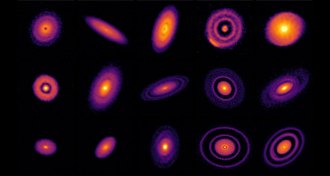 Astronomy
AstronomyGaps in gas disks around stars may not always mark newborn planets
New research has prompted a rethink of the theory that gaps in planet-forming disks around young stars mark spaces where planets are being created.